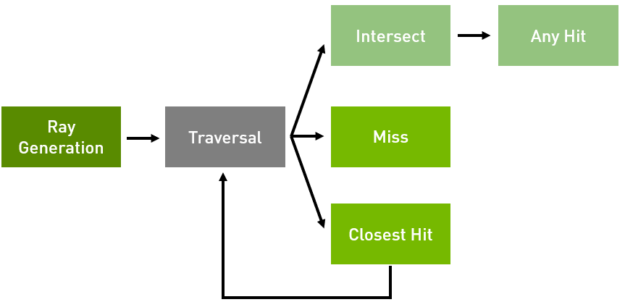If that's so then why do you say
[my bold]
I actually read the white paper you linked to and I did not find tensor cores being mentioned. Maybe you can help me out here? Note that I'm not arguing tensor cores being used for denoising or DLSS, just the ATAA example you criticized to vigorously seems to do without them.
You can read and digest something without making the proper reference to every detail especially things that are insignificant to something you're trying to discuss. I'm not discussing the later portions of the hybrid ray tracing pipeline. I'm discussing

And where Nvidia got their Ray/sec measure. How it compares in performance apples to apples to comparable pascal cards :
1080 -> 2080
1080ti -> 2080ti
If I was in the market for a Quadro card that cost $6000, I'd want a comparison to an equally expensive quadro card of Pascal grade or a professional card w/ scaled cost/performance. Comparing a Quadro 6000 ($6000) card with 24GB of ram to a $400 Geforce consumer 1080 with 8GB ram in any respect renders zero value or information. Titan V comparison are sensible if the referenced algorithm involves the tensor cores purely as it would be tensor core hw accel on volta vs turing. DLSS/ATAA have nothing to do w/ my considerations which is why I loosely referenced them. At the moment, i'm codifying my own test suites for benchmarking and determining the return policy on these cards. I'll pre-order one and do my own benching. If it is not up to the value they have marketed it as for my use case, I'll return it. This could have been avoided if they simply were transparent and clear about performance from the beginning.
O'well.. No loss to me
Last edited:
